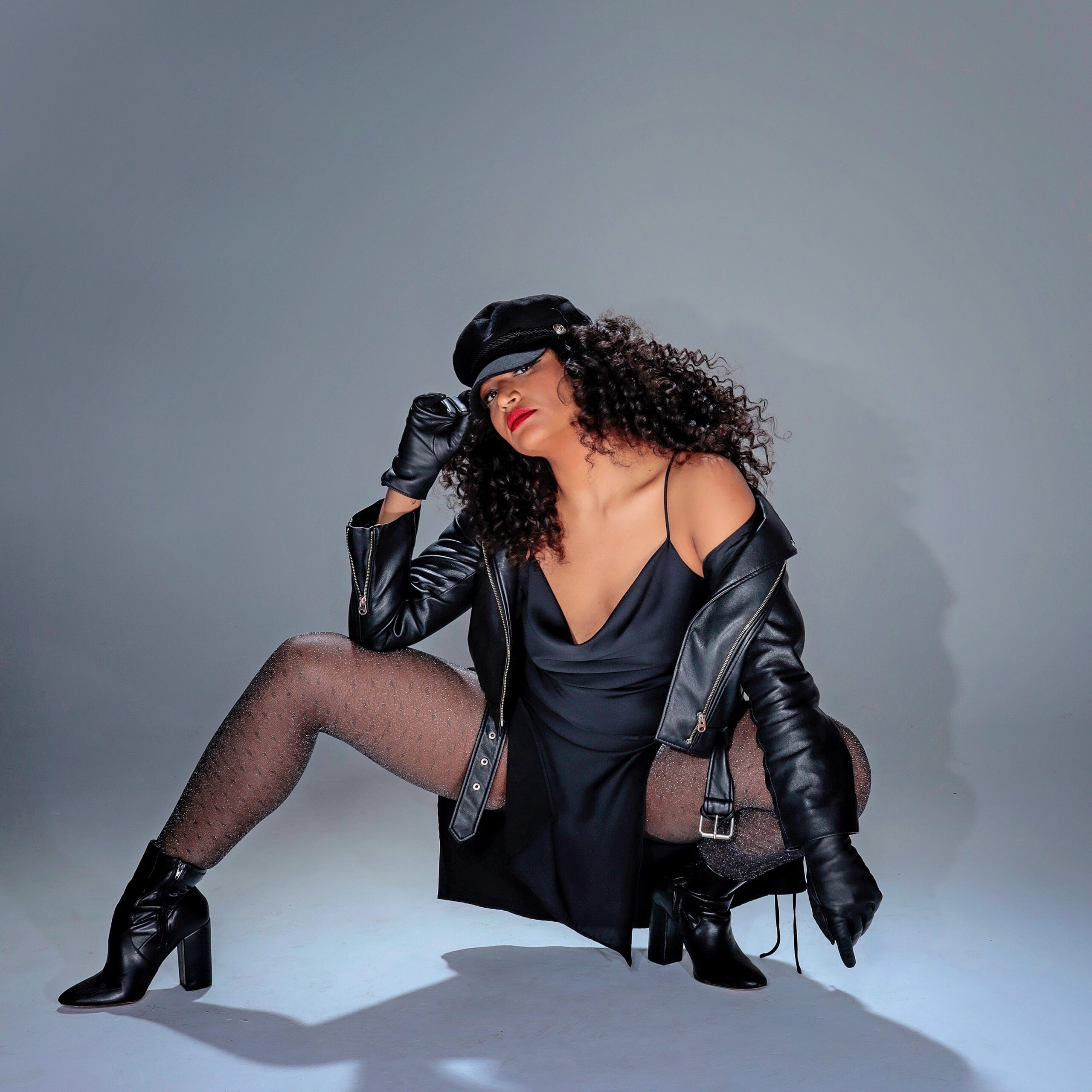How Heels Dance Became a Wildly Popular—and Welcoming—Style
Beyoncé’s iconic “Crazy in Love” music video opens with her fierce strut in pointy red heels down an empty street. She drops low for a seductive, verse-long dance sequence on the ground, before being joined by a posse of women decked out in streetwear and, of course, high heels. It was 2003 and Beyoncé and her group of dancers embodied confidence and beauty.
But for Shirlene Quigley, who was just 18 when she performed the “uh-oh” dance alongside Beyoncé, getting comfortable in heels took a lot of work. Quigley had never done choreography in high heels before auditioning for “Crazy in Love.” Wearing her mom’s thigh-high Harley-Davidson boots, she says, she felt like “a hip-hop girl gone wrong” at the audition. Rehearsals with choreographers Frank Gatson Jr. and LaVelle Smith Jr. were a struggle, and Quigley says it was initially tough to overcome her lack of technical training. “Gatson was like, ‘Give me a leg,’ and I gave him a cheerleader heel stretch,” she recalls with a laugh.
Quigley continued booking jobs that required heels, including Beyoncé’s “Naughty Girl” music video, and dancing for Rihanna and Jamie Foxx. To feel more confident, she asked her favorite hip-hop teachers if she could take their classes in heels, as a way to figure out how to modify the movement for her footwear. Around 2008, after encouragement from a mentor, Quigley began teaching heels dance at Los Angeles’ Millennium Dance Complex. Her first class was a trial run, she says. After 35 people showed up, she became a weekly fixture at the studio. Thinking back on how out of place she felt at the beginning of her career, Quigley was intentional about creating a welcoming space for all dancers. “The foundation of my class is me being the girl that is terrified,” she says.
What Is Heels Dance?
In the 20 years since “Crazy in Love,” high heels dance (also called “stiletto dance” or “heels”) has become a legitimate craze, with an explosion of classes and teachers across the U.S. and abroad. Not to be confused with musical theater or partner dancing in Latin and ballroom styles, “heels” refers to a fusion of different styles performed to popular music in three-inch, four-inch or even higher stilettos.
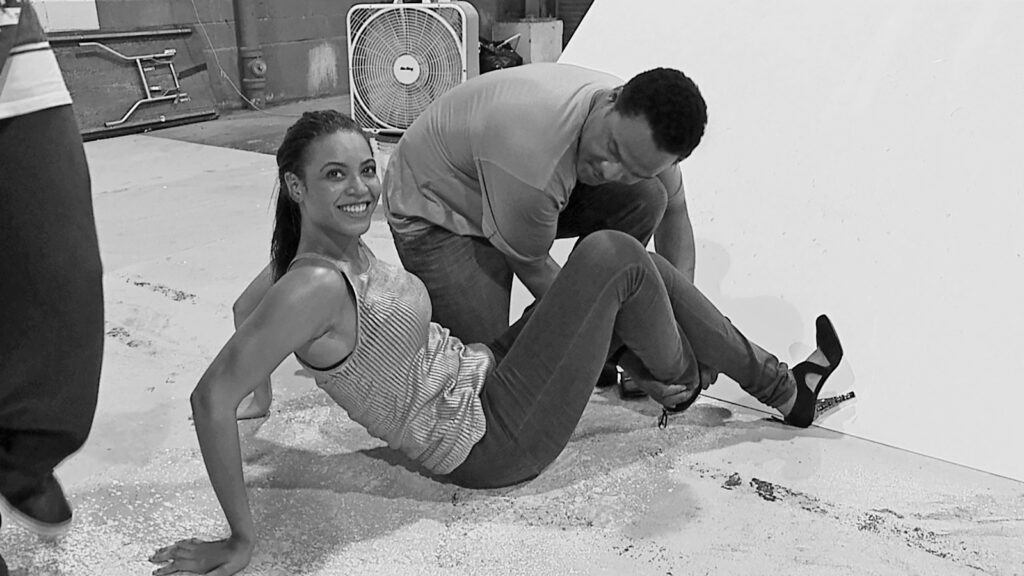
Heels often takes elements from the technicality, fluidity and clean lines of jazz; the confidence, hard-hitting style and intricacy of hip hop; the sensual floorwork inspired by exotic dance; and numerous other styles, including vogue, Latin dance and burlesque. The best and most popular performers make dancing in heels look effortless, gliding across the floor and whipping around in a shoe that many struggle to walk in. It can take years to perfect the technique and achieve the balance needed to perform in heels like a star.
How did heels become so popular? Its rise is tied to the influence of pop divas Beyoncé, Jennifer Lopez, Rihanna and Lady Gaga; the resurgence of dance-heavy music videos in the early 2000s; and the rise of social media, which spread the style to the masses.
Heels in History
Women have danced in heels for centuries. Classic court dances and folk dances like the jig call for low heels or other structured shoes. American burlesque dance emerged in the late 1800s. During the Jazz Age of the 1920s, Josephine Baker became an entertainment sensation dancing in theaters and in film in low heels. Harlem’s Cotton Club featured a chorus of Black dancers who wore fashions like long, feathered gowns and heels. The golden age of Hollywood films centered stars like Ginger Rogers and Cyd Charisse, who seemed to float in heels. In the 1960s and ’70s, dancers popularly performed choreographer Bob Fosse’s signature jazz hands, hunched shoulders and isolated movements in heels.
Choreographer and creative director Frank Gatson Jr. first fell in love with the art of dancing in heels while watching the 1981 Broadway production of Dreamgirls, choreographed by Michael Bennett and Michael Peters. Gatson went to the show more than 20 times, often buying a $10 standing-room-only ticket after taking a dance class in New York City. “That’s where I learned about dance and women epitomizing women,” he says. “Sheryl Lee Ralph and Loretta Devine, they would always wear those high heels, and they killed it.”
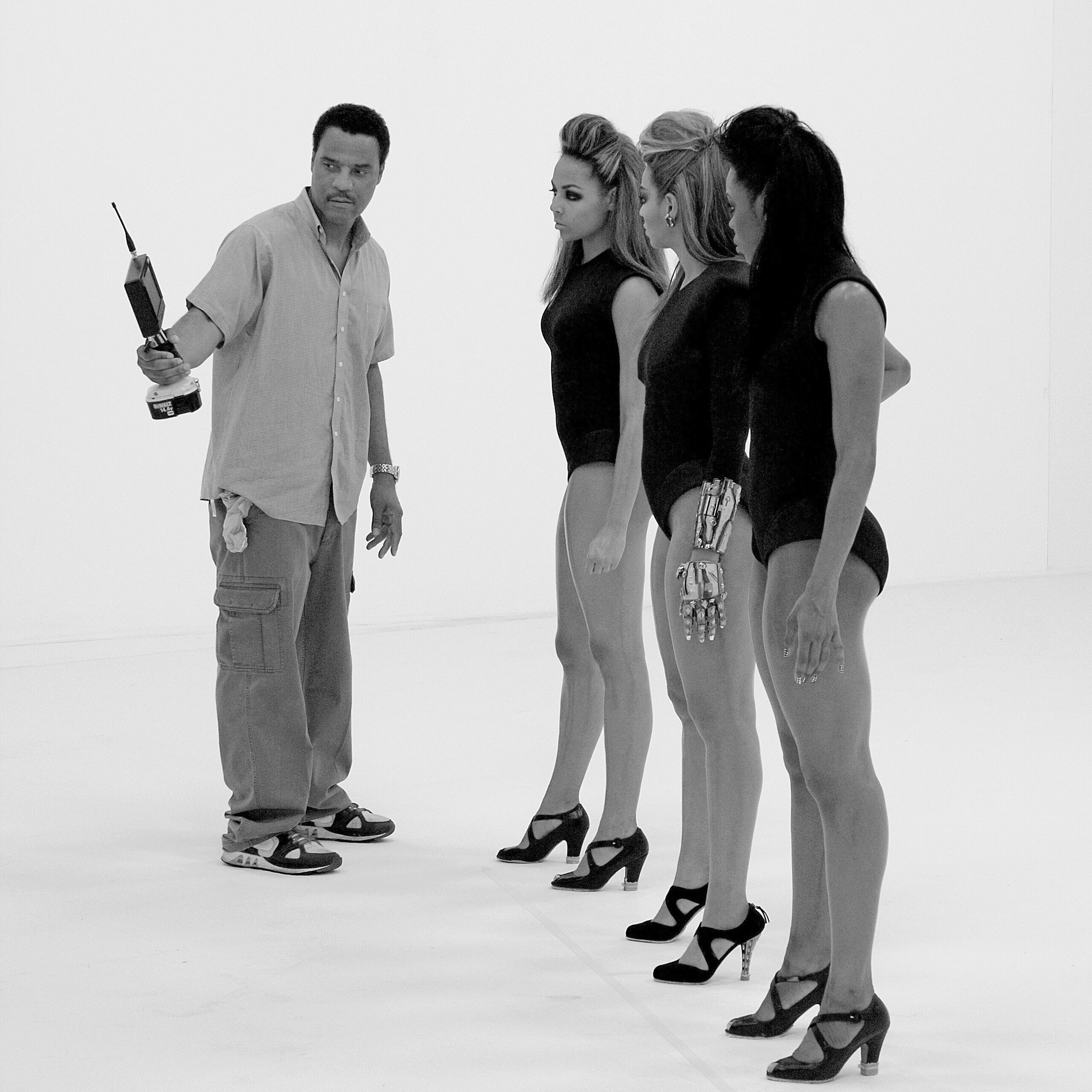
Gatson’s first professional job was dancing in the 1988 music video for Michael Jackson’s “Smooth Criminal,” in which the women danced in heels. His first job as a choreographer was working with the 1990s R&B group En Vogue. In the music video for “My Lovin’ (You’re Never Gonna Get It),” the four singers wear silver minidresses and pointy-toed heels, hitting strong lines and picture-perfect poses against a blue backdrop.
Gatson choreographed for another R&B girl group, Destiny’s Child, and later became the choreographer and creative director for Beyoncé as she embarked on her solo career. Months of ballet training helped Beyoncé nail heels, Gatson says. It’s all about lines—the exaggerated curvature of a woman’s body, standing confidently on a bevel. “When a woman even puts on heels, she acts different, she stands different because she has to hold on, she has to pull up,” he says.
Beyoncé’s string of dance-heavy music videos and performances, including “Freakum Dress” and “Single Ladies (Put a Ring on It),” spurred what Quigley describes as “the Beyoncé effect.” Wanting to look fierce and book jobs with pop stars, dancers began training in heels.
Innovators and Teachers
Robin Antin, a dancer, choreographer and creator of the Pussycat Dolls, also helped lay the groundwork for heels. In the 1990s, while living with actor Christina Applegate, Antin devised a burlesque revue inspired by Hollywood musicals (including Sweet Charity and Singin’ in the Rain), Fosse’s choreography, her love for music—from punk rock and disco to rock and roll and big band—and her passion for fashion, glam and aesthetics.
Debuting in 1994, the Pussycat Dolls began as a modern-day, underground burlesque troupe and performed weekly at the Viper Room in West Hollywood. Dressed in pinup costumes and heels, dancers performed with celebrity guests, including Gwen Stefani, Christina Aguilera and Fergie. The show was wildly popular and a few years later expanded to a cast of 25 dancers at the Roxy Theatre. In the early 2000s, Antin was approached by Interscope Records to transform the Pussycat Dolls into a music recording group, which grew into a global brand. Fronted by singer Nicole Scherzinger, the music group went on to sell more than 15 million albums and release popular music videos with heels dance: “Don’t Cha” and “Buttons,” among others.
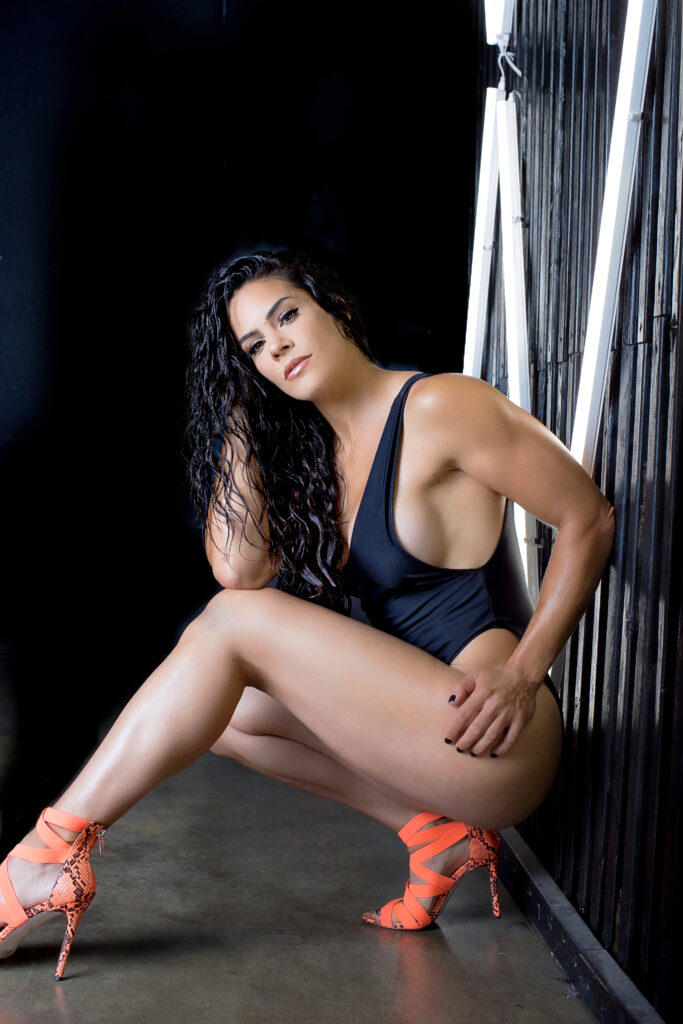
Booking a job with the Pussycat Dolls in 2005 led Michelle “Jersey” Maniscalco to begin dancing in heels. Training with Antin, she fell in love with the style. “[Heels] made me feel the most like myself,” Maniscalco says. “There’s just something that happens when you put on a pair of heels—it really transforms you and you’re able to soar. I felt like a superhero in heels.”
Maniscalco first took Quigley’s heels class at Millennium in 2010. She became a substitute teacher before leading her own class. Her style, which she branded “Hottie Heels,” incorporates powerful movement, floorwork and gymnastics. “I wanted it to be about being athletic, strong, confident,” says Maniscalco, who has racked up millions of views on YouTube with class videos dating back 12 years.
Quigley and Maniscalco are among the first wave of heels instructors. Other influential choreographers and teachers who originated and popularized heels include Lindsley Allen, Dana Foglia, Aisha Francis, Jonté Moaning, Brinn Nicole and Danielle Polanco. Many have ties to Beyoncé as a performer, choreographer or movement coach. “There’s hip hop in heels, there’s contemporary in heels, there’s jazz in heels, there’s stripper heels. It’s not just one thing anymore,” says Maniscalco. “You can have a whole convention with all different kinds of heels styles.”
Yanis Marshall, a French heels teacher known for his complex choreography, rapid-fire chaînés and effortless performance quality, helped bring heels to mainstream consciousness after performing on “Britain’s Got Talent” in 2014. About a year later, Haley Messick took her first heels class with Marshall at a dance convention in Long Beach, California. A technically trained dancer, Messick says she was quickly humbled by the difficulty of the style. She continued training with teachers like Aisha Francis and JoJo Gomez and began teaching her own class a few years later.
Messick describes her style as technical and challenging, yet a bit thrashy. “It’s really hard and not always the most fun, but it looks so beautiful when people finally release into it,” she says. Now 24, Messick has witnessed heels’ meteoric rise in only a few years.
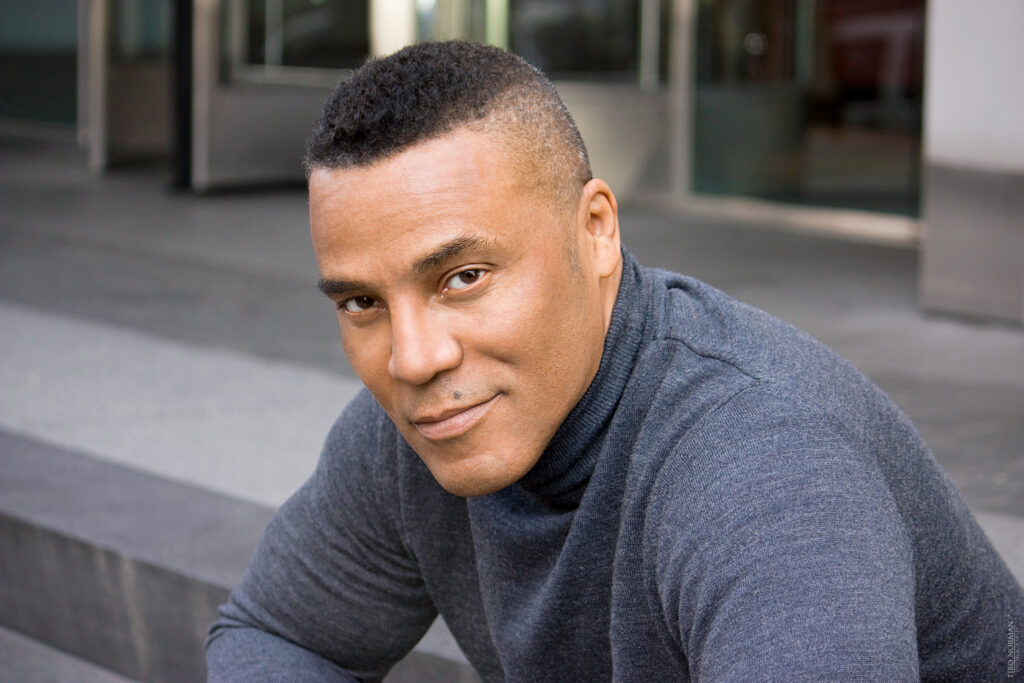
A Welcoming Space
Heels is not just a place for professional dancers training to work on tours or music videos, says AnnMarie Hudson, founder of Millennium Dance Complex. Classes are designed as welcoming spaces dedicated to celebrating inner-confidence and sensuality for all movers. With the rise of filming in dance classes, heels represents an opportunity for dancers to dress up and star in their own personal music videos. “It’s great exercise and the music is fun,” Hudson says. “There’s men and women in heels, and it’s affirming for them in a safe environment.”
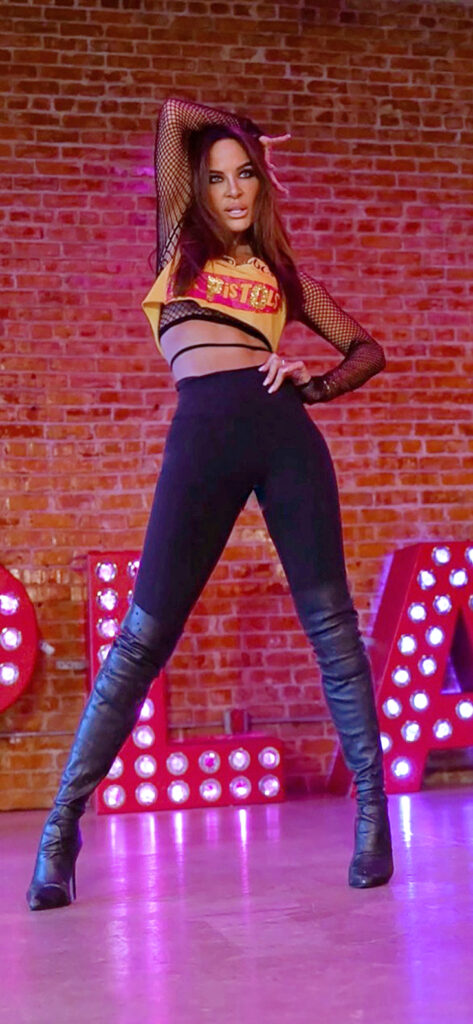
In 2017, Antin partnered with Kenny Wormald to open Playground LA, a dance studio focused primarily on hip-hop and heels classes. Many people instantly recognize the studio’s sign—large, red, block letters spelling out the word “play”—which has appeared in viral dance videos across YouTube, Instagram and TikTok. (The letters come from an old Pussycat Dolls set piece, Antin says.)
An evolution of Antin’s decades of experience in the industry, Playground is a space she describes as a platform both for dancers to hone their craft and build businesses and for hobbyists to experience the joy of dance. She has plans to launch a “beginner-beginner-beginner” heels class—with no choreography, just grooves, to get comfortable in the shoe. Antin insists that heels classes are for everyone: “Dancing in heels has become an expression, a way of feeling empowered, being empowered, finding your own power. There’s something about dancing in heels that just makes you feel sexy.
